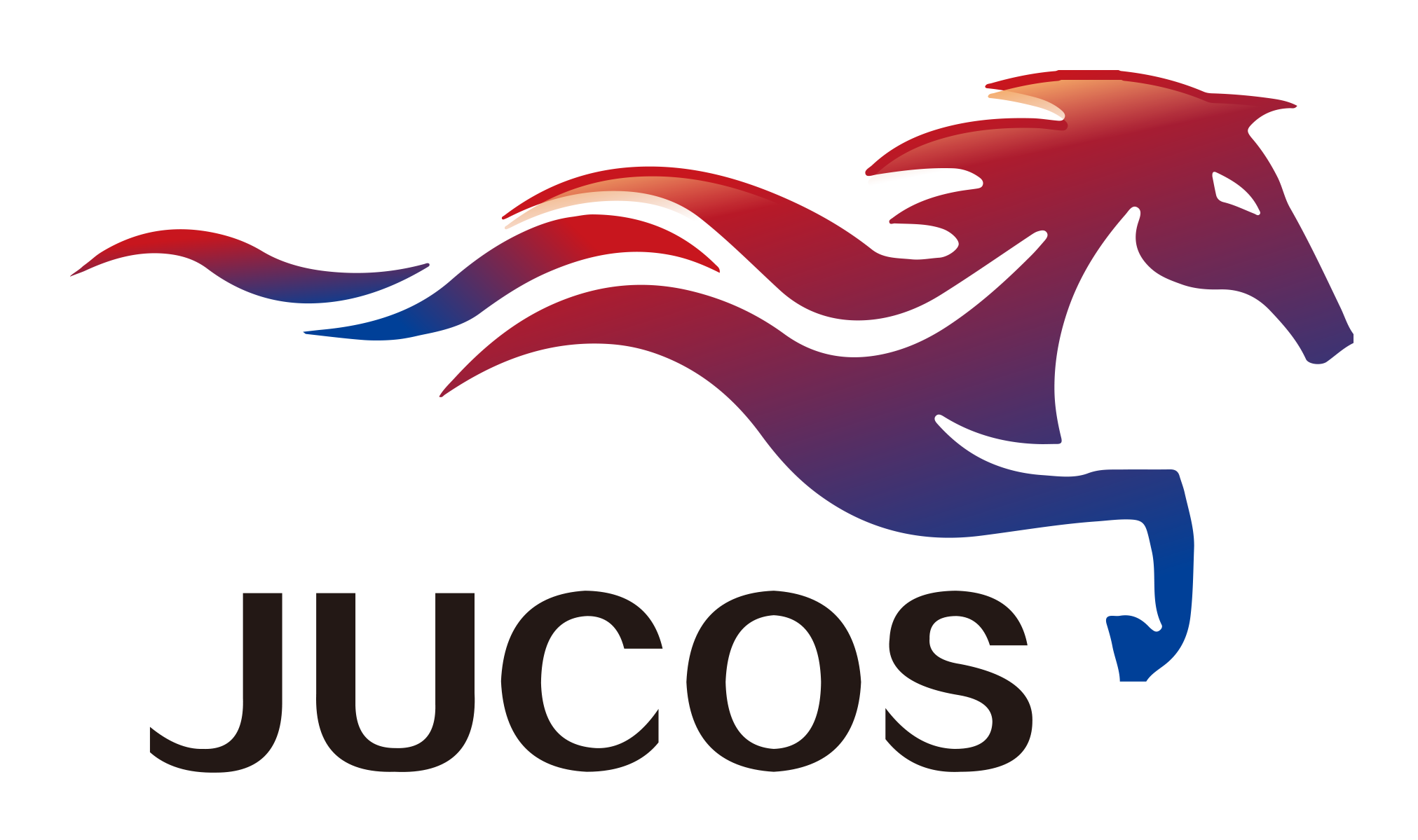Plate-making process of copper-zinc plate(一)
The plate making of the copper-zinc plate is to copy the pictures and texts on the original into a positive negative negative film by means of photography, and then the pictures and texts on the negative film are exposed to the copper-zinc plate coated with the photosensitive layer, and after the development and hardening treatment , and then use a corrosive solution (such as dilute nitric acid or ferric chloride, etc.) to etch the blank part of the layout to obtain the printing plate on the relief-like map.
Copper plate: commonly used to copy continuous tone images; zinc plate: copy line originals
Second, the letterpress plate making process
In movable type typesetting, the copper-zinc plate is usually fixed on a special wooden support or a special metal plate support by means of iron nails or pasting, and is combined with the movable type to form a printing plate. The copper-zinc plate can also be directly installed on a letterpress printing machine for printing. Its plate-making process is: preparation of negative film → preparation of plate material ◆ printing plate → corrosion ◆ whole plate → proofing.
(1) Preparation of negatives
The negative (original) used for the copper-zinc plate is a positive negative image. If there are blisters, dirty spots or unreal lines on the negative, and the tone is different from the original level, manual correction is required.
(2) Preparation of plates
Choose a copper plate or zinc plate with a moderate thickness, cut it to the required size, remove the oil stain and oxide film on the surface of the plate, grind the surface of the lead plate or zinc plate with charcoal, and increase the adsorption of the plate to the photosensitive liquid. The ground metal plate is placed in the coating machine, and under the action of centrifugal force, the plate surface is evenly coated with a layer of photosensitive liquid, and it is dried at a temperature of about 70 ° C.
(3) Posting:
Using the method of contact exposure, the process of transferring the information on the original (negative) to the plate or other photosensitive materials is called printing. Letterpress printing: After the plate surface coated with the photosensitive solution is in close contact with the bottom surface of the positive and negative image, and then exposed, rinsed with water for development (the photosensitive film that does not see light is washed by water.
Dissolve away, leaving only the image formed by the light-hardened adhesive layer); baking version (to improve the corrosion resistance of the graphic part)











